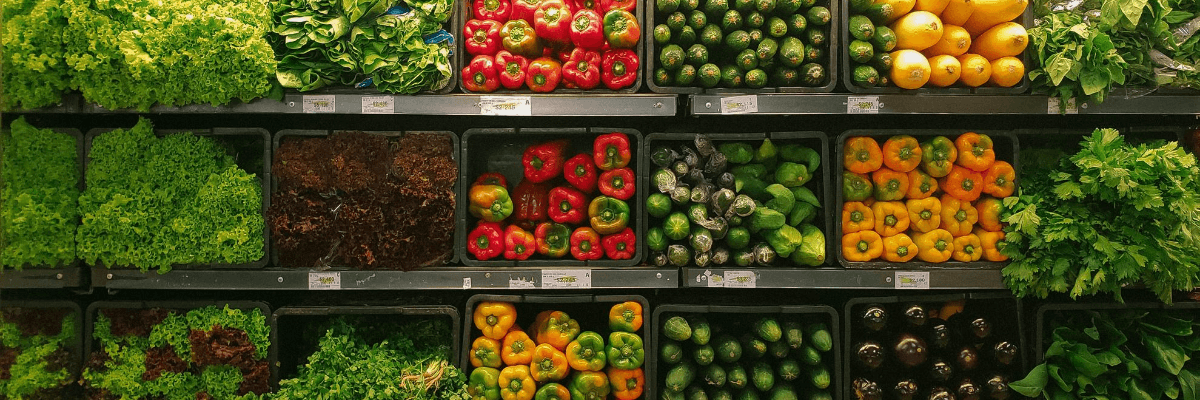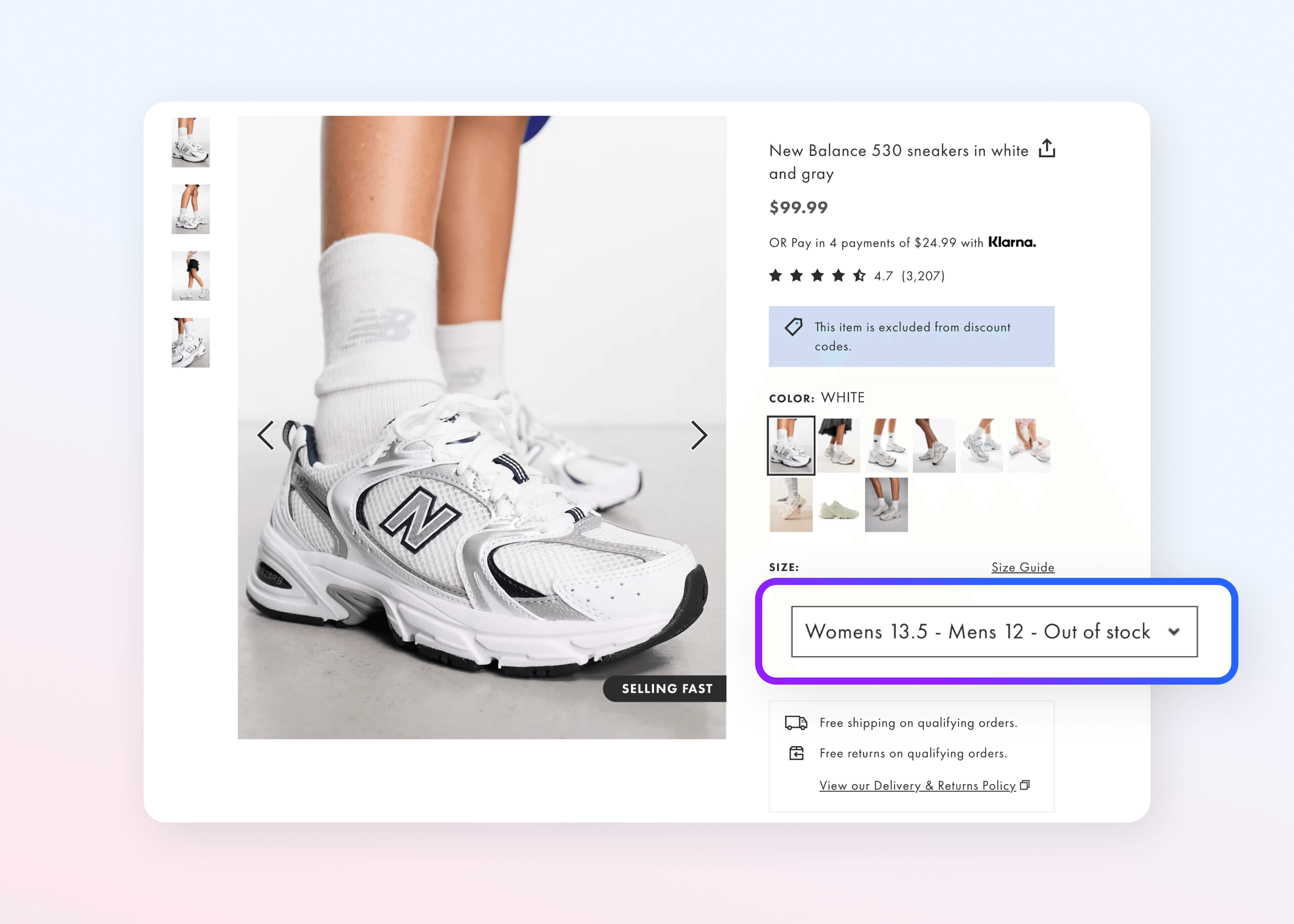The State of Grocery: Inflation and Supply Chain Challenges Drive Innovation

As in other industries, consumers are facing increased costs at the grocery store – and they’re tightening their belts in response. According to an August report by the U.S. Bureau of Labor Statistics, grocery prices have increased by 13.1% over the last 12 months.
This cost increase was first driven by pandemic-related disruptions to the supply chain, with out-of-stock rates reaching double historical rates. With political and economic disruptions placing new pressures on the already fragile grocery supply chain, consumers continue to see increased prices and out-of-stock notices: according to Morning Consult research, 61% of Americans who shopped for groceries in April had difficulty finding certain items.
Consumers are responding to these cost increases by changing the products they buy and how frequently they buy them. Instead of purchasing higher-cost, name-brand items, shoppers are instead opting for less expensive store-brand goods. What’s more, consumers are making fewer trips to buy the items they need, looking for bigger, one-stop shops in order to save on gas. Morning Consult found that seven in 10 Americans intentionally took steps to save money as a result of rising inflation in April, and McKinsey research found that consumers are now 20% more likely to visit just one grocery store a week.
With customers spending less time and money in their local stores, grocery retailers will be forced to adapt. However, these changes aren’t taking place in a vacuum. The grocery industry was already in the midst of a digital transformation – one that is poised to accelerate in response to these new economic pressures. And for a growing number of grocery retailers, marketplaces are the core technology behind this transformation, creating a new model for both stability and long-term growth.
Digital disruption meets new consumer habits
Over the last two years, new partnerships and market entrants have disrupted the status quo for grocery retailers. As consumers sought to reduce their in-person shopping trips, delivery apps and subscription services like Instacart and HelloFresh changed the ways in which people do their weekly grocery shopping. The industry is ripe for innovation: during the first six months of 2021 alone, venture capital firms raised $10 billion for grocery startups.
These new technologies and market forces are dramatically increasing competition within the grocery industry, establishing new customer expectations. The VC-backed apps now competing with your local grocery store offer a range of disruptive benefits, from attractive promotions and reduced delivery costs to curated product offerings and experiences. Meal kit services like Blue Apron and Home Chef take care of the majority of kitchen prep work, in some cases even providing oven-ready cooking trays to eliminate the need for post-cooking cleanup.
Legacy grocery retailers have recognized that they’re no longer competing on price and assortment alone. In order to stay relevant against new digital competitors in the era of rising customer expectations, grocery retailers are delivering new value and convenience to their customers with the enterprise marketplace model.
Book a meeting with Mirakl’s marketplace experts at Groceryshop 2022 to learn more about launching and scaling a grocery marketplace.
Marketplace difference makers
The marketplace model delivers consistent benefits across everything from grocery to fashion to B2B suppliers. Across industries, well-managed marketplaces consistently result in expanded product assortments, a more resilient supply chain, and a better customer experience.
The Kroger Co. has used its marketplace to respond to consumers seeking a single place to conduct their grocery shopping, expanding its marketplace assortment in both food and non-food categories. Integrating third-party sellers ranging from small businesses to billion-dollar retailers, Kroger now offers a range of grocery-adjacent home goods. This strategic expansion provides a dual benefit, driving customer loyalty through convenience while also aiming to increase the average shopping cart size.
“This strategic online collaboration and in-store pilot will provide Kroger shoppers easy access to essential home and baby products alongside their favorable grocery staples - continuing to fulfill our commitment of providing our customers with anything anywhere,” said Rodney McMullen, CEO, The Kroger Co.
Attending Groceryshop 2022? Book a meeting with Mirakl’s marketplace experts, or stop by Booth #507!



